Shopping Bag
21
-
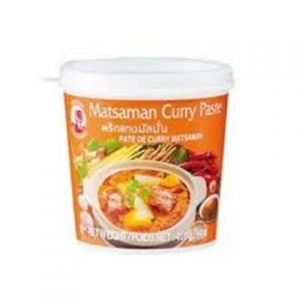 Massaman Curry Paste 400g
1 × €3,90
Massaman Curry Paste 400g
1 × €3,90 -
 Cock Brand Yellow Curry Paste 400g
1 × €3,80
Cock Brand Yellow Curry Paste 400g
1 × €3,80 -
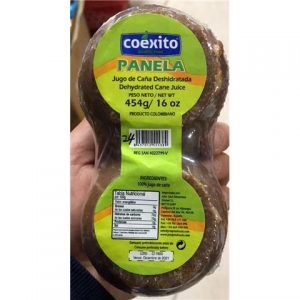 Coexito Panela 4pz Zucchero Di Canna Bruno 100% 454g
4 × €2,00
Coexito Panela 4pz Zucchero Di Canna Bruno 100% 454g
4 × €2,00 -
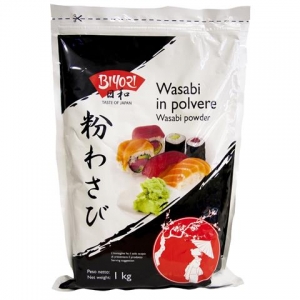 Biyori Wasabi In Polvere 1kg
5 × €9,95
Biyori Wasabi In Polvere 1kg
5 × €9,95 -
 Biyori Semi Di Sesamo Con Wasabi Tostati 100g
6 × €4,50
Biyori Semi Di Sesamo Con Wasabi Tostati 100g
6 × €4,50 -
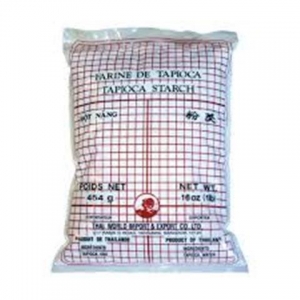 Cock Brand Amido Di Tapioca 454g
2 × €1,60
Cock Brand Amido Di Tapioca 454g
2 × €1,60 -
 Toufu Speziato (laoli Wu Xian Gan) 70g
1 × €1,00
Toufu Speziato (laoli Wu Xian Gan) 70g
1 × €1,00 -
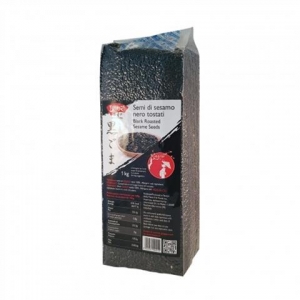 Biyori Semi Di Sesamo Nero Tostati 1kg
1 × €14,90
Biyori Semi Di Sesamo Nero Tostati 1kg
1 × €14,90








